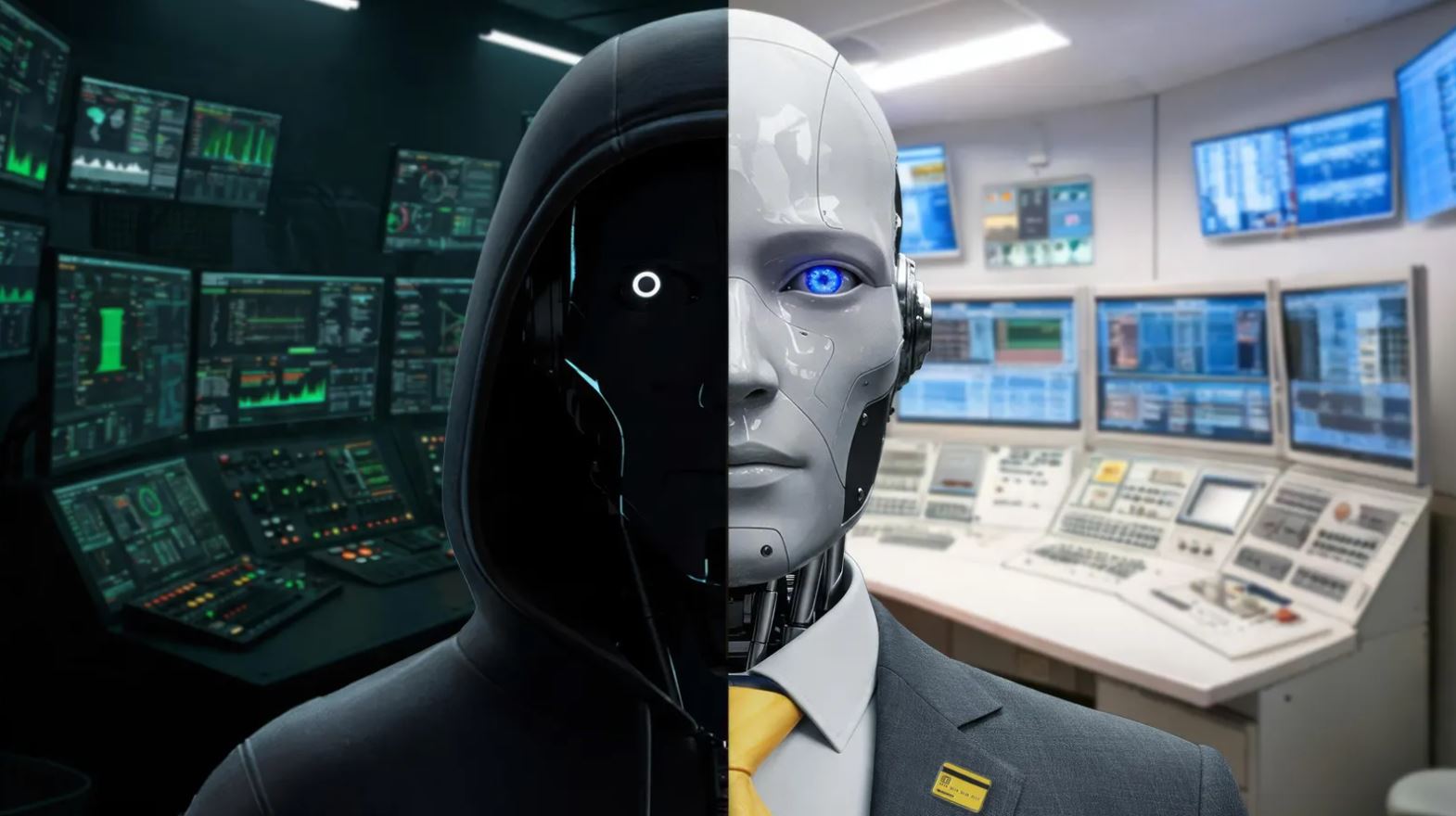 In the fast-paced world of cybersecurity, Visa’s Cyber Fusion Center in Virginia is like a fortress, standing strong against the ever-growing threat of e-commerce fraud. If you’ve ever wondered how Visa keeps your transactions safe, it’s thanks to folks like Michael Jabbara, Visa’s global head of fraud services. Picture him navigating through layers of high-tech security to make sure everything runs smoothly. This center, spread across 42 acres, is a testament to Visa’s dedication to keeping your transactions secure.
In the fast-paced world of cybersecurity, Visa’s Cyber Fusion Center in Virginia is like a fortress, standing strong against the ever-growing threat of e-commerce fraud. If you’ve ever wondered how Visa keeps your transactions safe, it’s thanks to folks like Michael Jabbara, Visa’s global head of fraud services. Picture him navigating through layers of high-tech security to make sure everything runs smoothly. This center, spread across 42 acres, is a testament to Visa’s dedication to keeping your transactions secure.
Inside this hub, analysts are hard at work, keeping an eye on a massive amount of data. They’re making sure Visa’s global transactions—worth a whopping $15.9 trillion in 2024—go off without a hitch. Most of the time, fraud attempts are stopped automatically. But every now and then, human oversight is needed, showing just how persistent cyber threats can be.
Jabbara puts it simply, “We’re here to catch large-scale attacks that could lead to huge losses or shake consumer confidence.” His team is on the lookout for threats to over 14,500 financial institutions in more than 200 countries.
Visa isn’t fighting fraud alone. They’ve put $11 billion into anti-fraud tech over the past five years. Not only does this help protect transactions, but it’s also become a part of their business model, bringing in $1.5 billion in revenue for 2024.
AI is a double-edged sword in this battle. While fraudsters use AI for more sophisticated attacks, Visa counters with its own AI arsenal—115 cybersecurity tools analyzing data from over 300 sources. These tools are crucial for spotting new fraud tactics and stopping them in their tracks.
As fraudsters get smarter, so does Visa’s technology. By teaming up with companies like Microsoft and IBM, Visa keeps its defenses sharp. This environment is ripe for innovation, with fintech startups like DataVisor and Sentilink using machine learning to detect complex fraud patterns.
Visa’s main competitor, Mastercard, also views fraud prevention as both a challenge and an opportunity. Their $2.65 billion purchase of Recorded Future highlights just how important AI is in this field. Both companies are using tech to spot potential threats and keep consumers safe.
Despite all the tech advancements, human behavior still plays a big role in fraud prevention. Consumers can be the weakest link, often falling prey to social engineering attacks like phishing. Visa’s new “scam disruption practice” is tackling these threats by analyzing data to uncover fraud schemes.
In this ongoing battle, both fraudsters and defenders are constantly adapting. The rise of fraud as a service, where scammers sell their methods to others, adds another layer of complexity. But industry experts are confident that innovation will keep fraud at bay.
As Steve Yin from TransUnion puts it, it’s a continuous fight, but one where smart strategies can really cut down the risk of falling victim. Consumers, he points out, are open to extra security measures if they see the benefits.








